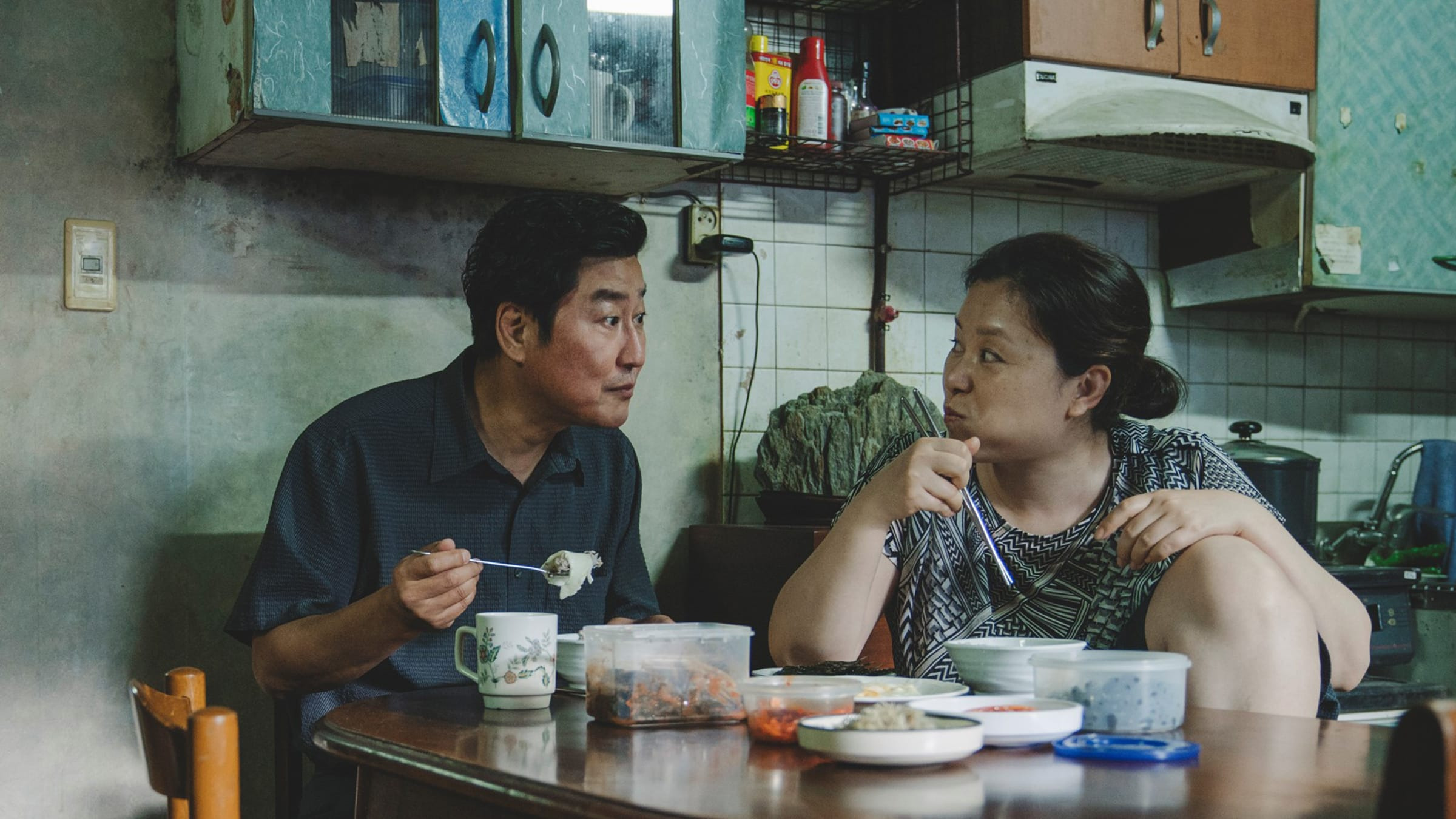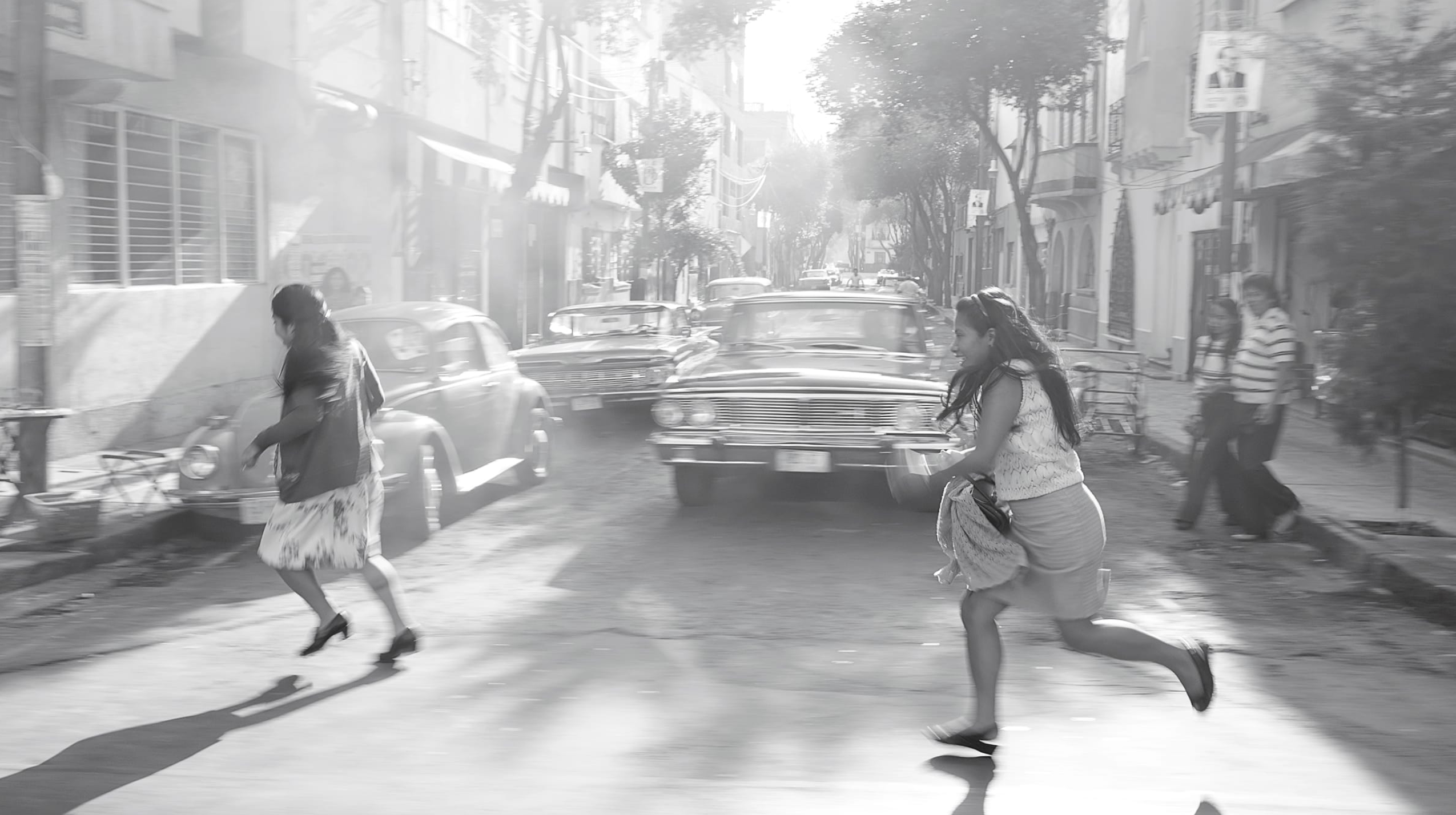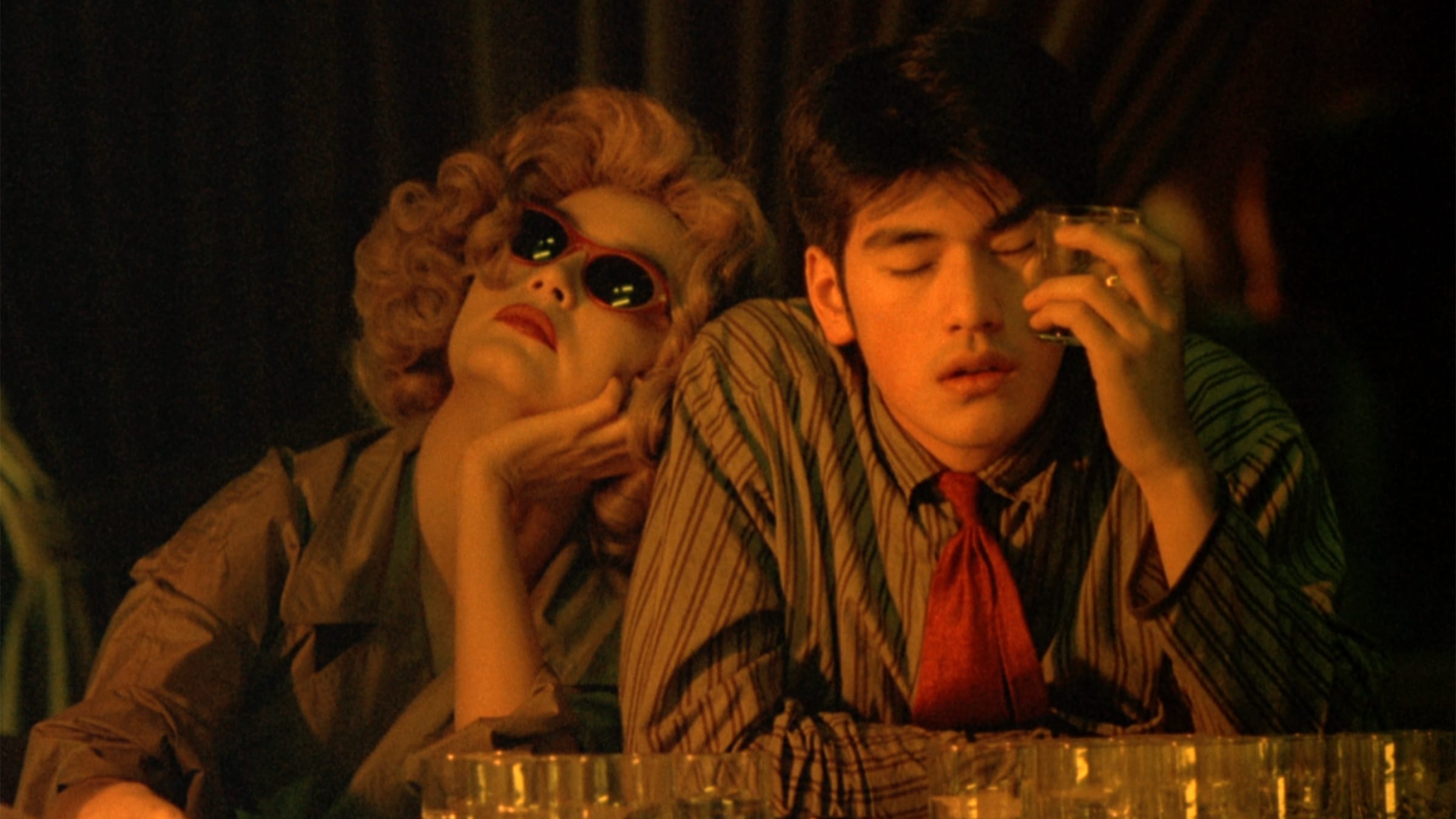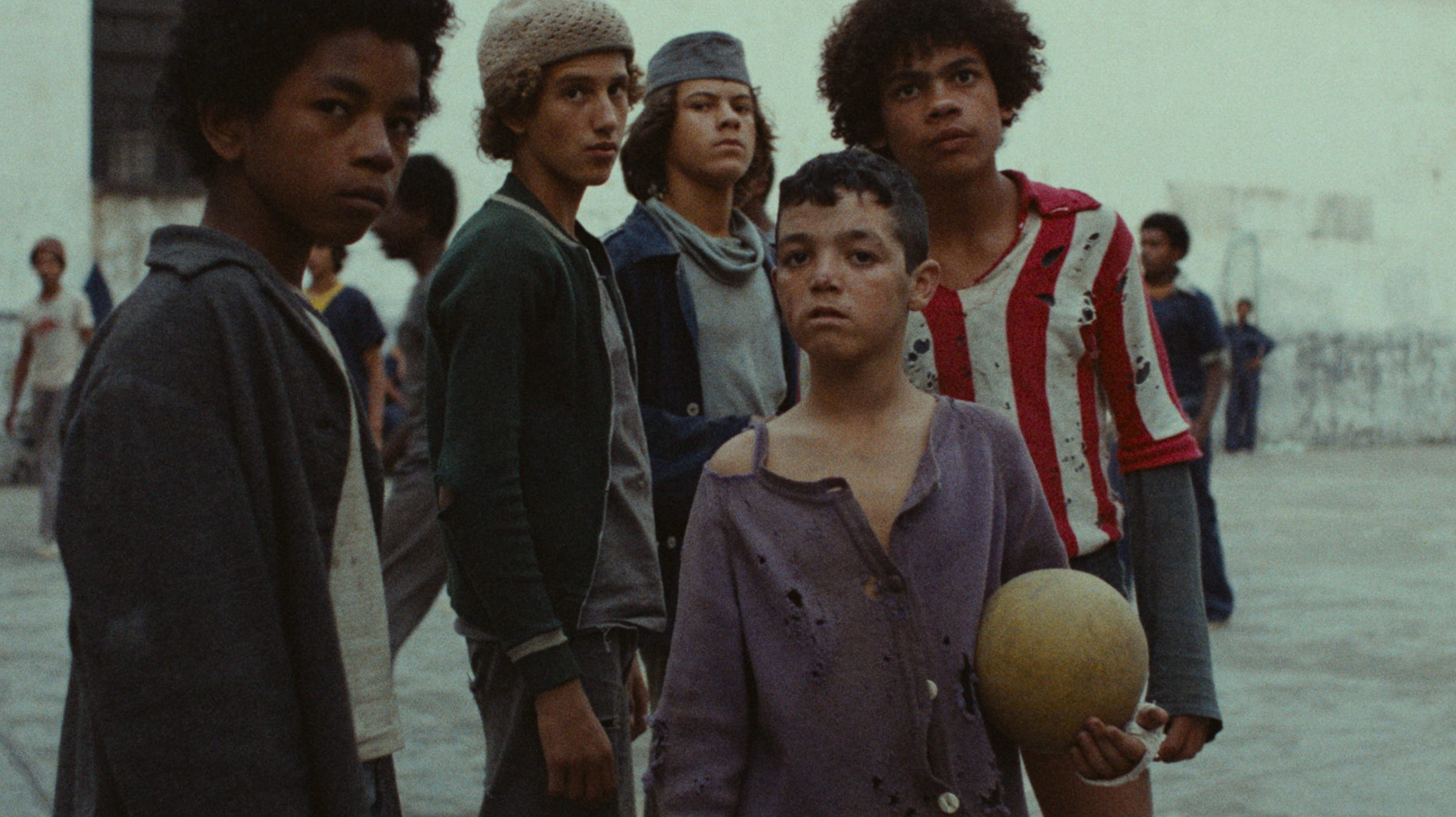Portrait of a Lady on Fire: Daring to See
by
Ella Bittencourt
JUNE 23, 2020
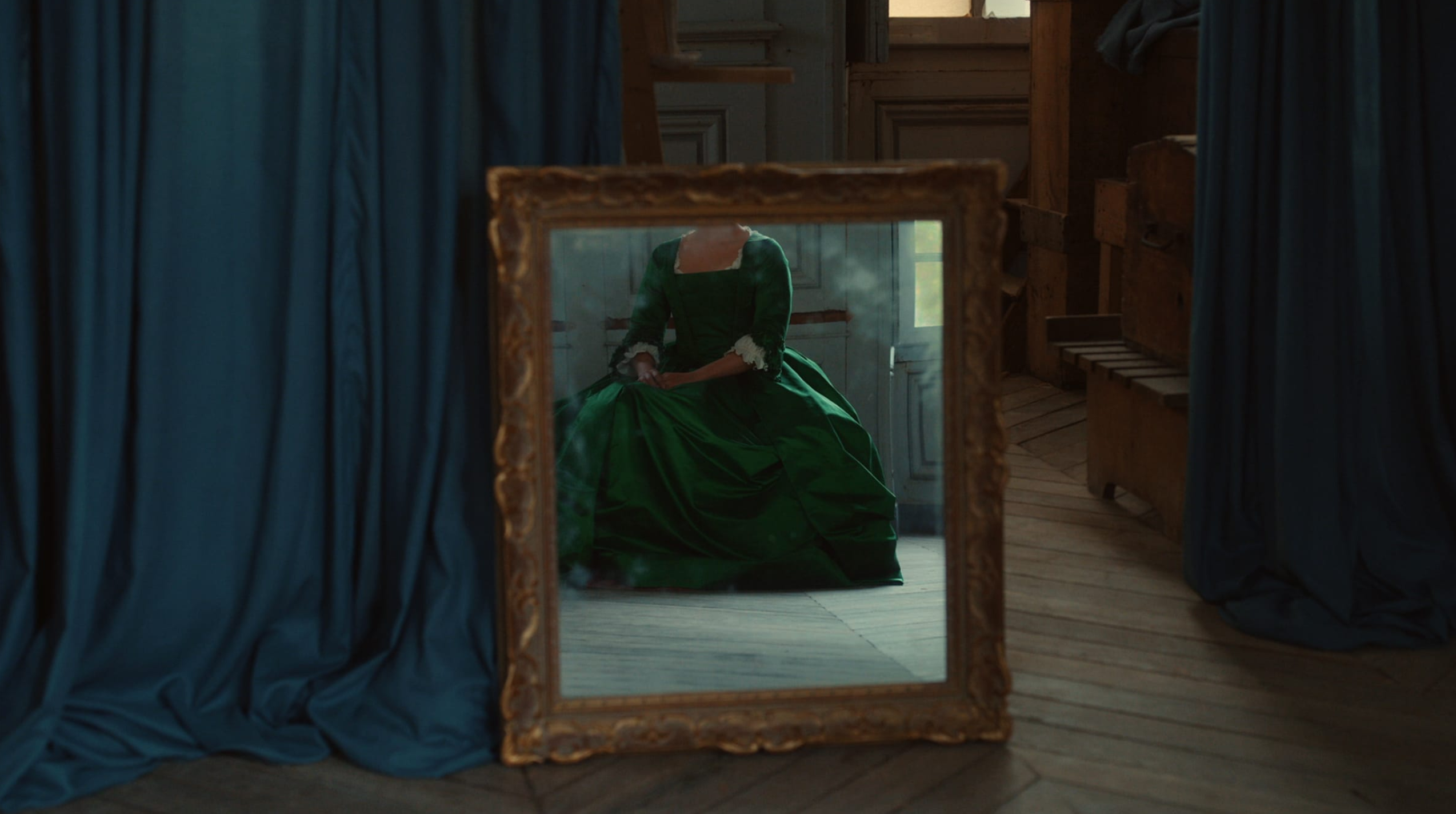
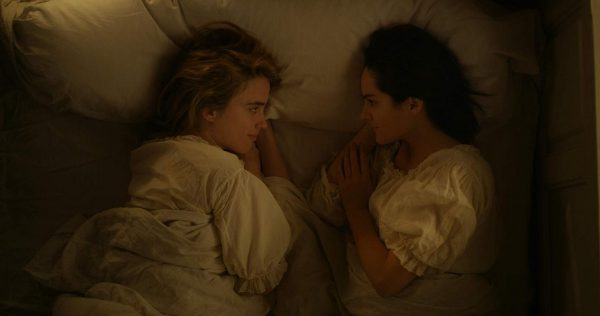
In Céline Sciamma’s unabashedly romantic and fiercely political film
Portrait of a Lady on Fire (2019), two women fall in love and set each
other free, if for only a few glorious days or weeks. It is one of the
most unforgettable depictions of love foresworn, of lesbian love, of
any true love, in cinema. Around the besotted lovers, the film
envisions a social contract defined by a strong sense of community
among women, no matter their age or class. It takes place in the late
eighteenth century, but it also speaks to our own time, as many women
continue to call for intersectional solidarity in their fight for
equality. It is no accident that here the engine of this revolution is
art. Sciamma, who grew up outside Paris and would bike into a
neighboring town to go to the movies, creates a provincial world in
which art—both as a technique governed by solemn tradition and a
practical tool for remaking one’s world—is a part of daily life, and
in which the artist’s gaze is reciprocal, not one-sided. Similarly,
the film presents the act of falling in love not through the
(quintessentially male, one might say) lens of conquest and possession
but through one of
, creating a reality in which each can truly see the other.
The preoccupations with longing and looking—who is gazing and who is
returning the gaze—are not new for Sciamma, nor is the centering of a
kind of character not often seen on-screen. The director’s previous
three features are poignant contemporary coming-of-age stories: In
Water Lilies (2007), an adolescent girl experiences her first lesbian
crush. In Tomboy (2011), a young child, Laure, tests the bounds of
sexuality and gender. Girlhood (2014) is the story of a teenage
French-African girl who finds a way of navigating the violence and
poverty of her life by joining an all-female gang. Although Sciamma’s
stories often tell of yearning—and always from a queer, female point
of view—the director is far from a fatalist: in her films, love paves
the way to personal growth and creates a keen sense of one’s own
self-worth. Like Portrait of a Lady on Fire, Water Lilies and Tomboy
both revolve around intense looking. And in Tomboy, Laure’s portrait
being drawn is a painful reminder of just how powerful it can be to be
seen by another. Another memorable moment of recognition takes place
in Girlhood, when the heroine, Marieme (Karidja Touré), watches her
best friends dance to Rihanna’s “Diamonds.” Here, the young black
women claim their spots as divas, agitators, rebels, rather than
people shunted off—by the education system and by the men around
them—into roles of caregivers or sex workers. When the reserved
Marieme turns from observer to participant and joins the dance, it is
a thrilling instance of feminine jouissance: sensual, luminous,
radiating warmth. This vision of joyous sisterhood returns in Portrait
of a Lady on Fire, Sciamma’s first period film, in which she shows us
that although desire leaves us vulnerable and exposed, it also defies
solitude.
The film takes place on an isolated island off the northern coast of
France. A young painter, Marianne (Noémie Merlant), has been hired,
ostensibly as a walking companion for an obdurate heiress, Héloïse
(Adèle Haenel). Marianne’s real job, however, is to paint a bridal
portrait of Héloïse without arousing the suspicion of her model, who
is resisting being married off to rescue the family’s fortunes and
thus refuses to pose. Héloïse has been brusquely pulled from her happy
life in a Benedictine convent by her countess mother to marry a
wealthy Milanese man previously engaged to her older sister, who
committed suicide by jumping off a cliff. “In her last letter, she
apologized,” Héloïse will say of her sister, “for leaving me her
fate.” Marianne arrives on the island soaked, having dived into the
water to rescue her painting supplies after the rocking boat knocked
them overboard. A bit later, she sits naked by the fire at her new
residence, facing her dripping canvases. In this scene, Sciamma
deliciously evokes the female nude as a sexually charged subject in
painting. It is intensely pleasurable to look at Marianne, but her own
pleasure, in the warmth and in her tobacco, and her sense of liberty
are equally striking. The moment also prefigures a metaphorical
denuding. Governed by her training in portraiture, Marianne begins
with rigid notions of composition, which Héloïse will come to
challenge.
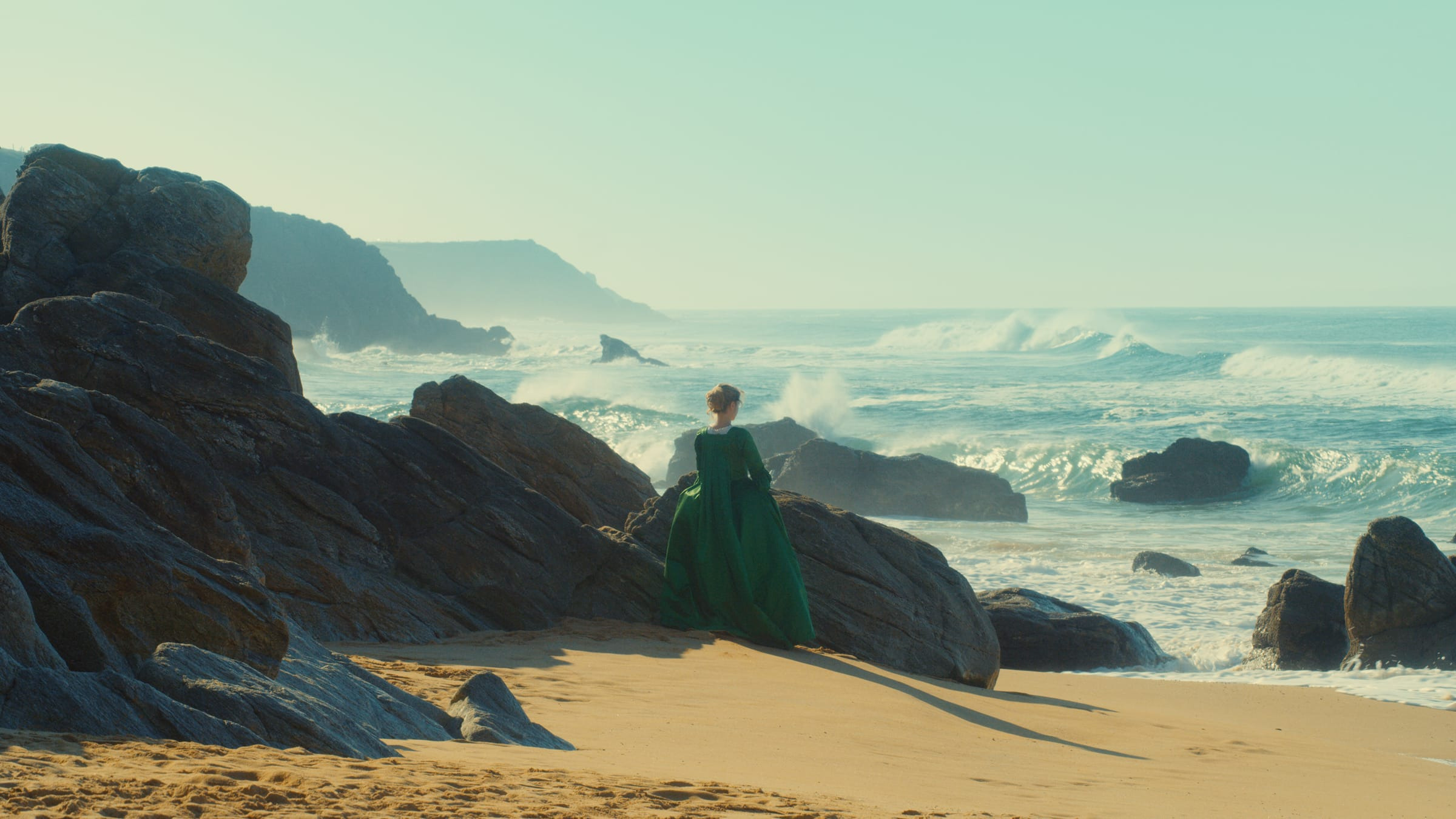
“In this film, the consequences of men’s authority are omnipresent, but women take the reins, and their isolation becomes a measure of their freedom.”
Sciamma has referred to Portrait of a Lady on Fire as a “manifesto
about the female gaze.” Few directors have embraced the idea of
women’s autonomy as radically as she has; in this film, the
consequences of men’s authority are omnipresent, but women take the
reins, and their isolation becomes a measure of their freedom.
Indeed, the film creates, for a time, a world in which its main
characters can exist nearly free of male scrutiny. For a long,
exquisite stretch, Marianne and Héloïse do almost nothing but look
at each other: the artist observing the subject, the subject
beginning to return her gaze, their relationship unhurriedly
developing and deepening and taking on erotic tension.
Sciamma presents the romance between Marianne and Héloïse within a
frame of Marianne’s memories of it. The film begins some unspecified
time after its main events, with Marianne’s female pupils sketching
their teacher in class, and then discovering her portrait of
Héloïse, skirts ablaze. Near the conclusion, Marianne views in a
salon a portrait of Héloïse, now a wife and mother, by another
artist. It seems that Marianne has managed to make a life of
considerable freedom for herself, although she remains haunted by
the love that might have been.
But even though we barely glimpse men in the film, their power to
control the fates of women can never fully be shaken off. Because of
her aristocratic status, Héloïse has no choice but to ultimately
marry her wealthy suitor, and the lovers’ time together must end.
Marianne has a fairly unusual degree of independence for a woman in
the 1770s—making her own living as a portrait painter, traveling
alone, living alone, it seems—but we can guess that this liberty has
been made possible at least in part by the success of her artist
father, the training he gave her, and the fact that she will inherit
his studio. We learn that she has submitted her work for exhibition
under his name. And indeed, Marianne must internalize the male gaze
when making portraits of women like Héloïse for men’s consumption.
Héloïse’s mother is the film’s fierce miniature study of the ways
women have often had to internalize patriarchy and act to further
its aims. Valeria Golino as the countess is a lovely, albeit stern,
enforcer of the Lacanian law of the father. The fact that no man is
physically present to command her actions (we are told nothing of
the count) makes her tormented efficacy all the more arresting—and
devastating. For her, the isolation of the rocky island represents
exile, offering none of the feminine intimacy it does the lovers, or
the maid Sophie and the community of village women, members of which
we briefly meet at an outdoor celebration and in an abortion scene.
“She was waiting for me,” the countess says wistfully of the
imposing visage in her own bridal portrait. The painting idealized
her, an idealization that has turned bitter, if we consider that its
favorable impression led to her entrapment. The austerity of the
landscape and the family residence reinforces our initial impression
of the place as a wintry prison (I kept thinking of Napoleon on
Elba, and of windswept moors and dark interiors in Victorian
novels). It is the countess’s absence for most of the film that
allows for Marianne, Héloïse, and Sophie’s cozy idyll, though they
know it must end with her return and the completion of the portrait.
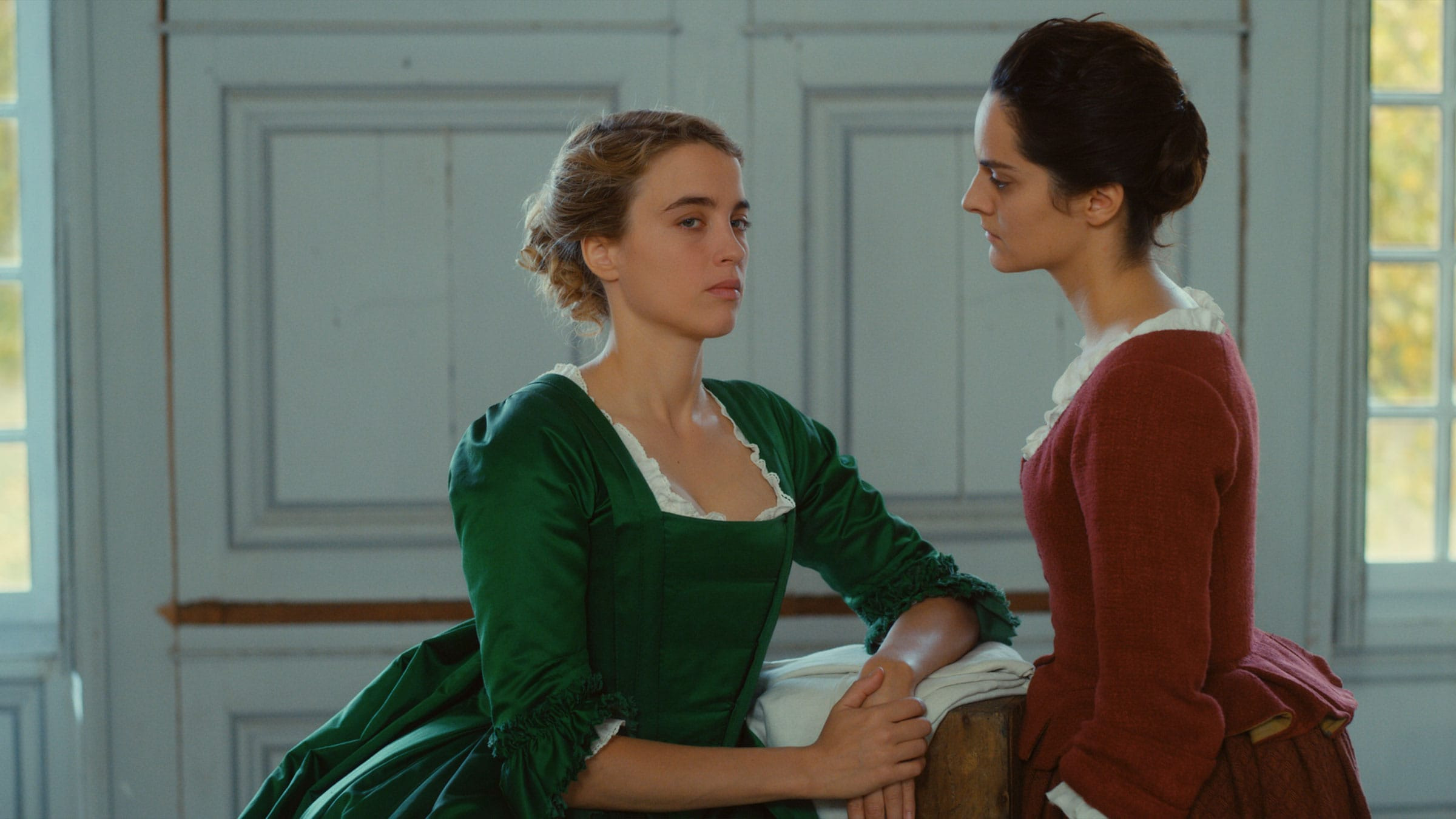
“It is the muse speaking up that sets off the transformation of the relationship between her and the artist into a true meeting of the minds, which can then bloom into passion.”
Sciamma and the cinematographer Claire Mathon, who also photographed
Mati Diop’s Atlantics (2019), convey beautifully the island’s unstable
climate. The acuteness of the sunlight outdoors reminds me of the
divine brightness in Paul Gauguin’s Vision After the Sermon, painted
in Brittany, not far from the movie’s setting. Natural light seems to
permeate the film from the start, indoors as well as out. The choice
to use digital cameras allowed Sciamma and Mathon to capture interior
scenes in much lower light than might otherwise have been possible,
contributing a great deal to the painterly quality of the images. A
cool light seeps into the study where Marianne sets up her canvases
when she must paint at night, from her mind’s eye, and into Marianne’s
visions of Héloïse emerging from the dark in a white gown. The
startling glow of that whiteness—like that of the peasants’ bonnets in
Gauguin—is almost blinding. The film weaves a series of oppositional
ambiences: wet and dry, fiercely lit and swathed in shadows, warm and
cold. On Héloïse’s first walk with Marianne as chaperone, the dunes
are buffeted by strong, dry winds. And yet the morning mist offers a
welcome shelter from the glare of the sun, and creates images that
echo the early one of the wet canvases. That coolness is offset by the
warmth of the fireplace in the kitchen where Marianne, Héloïse, and
Sophie pass much of their time in close camaraderie, playing cards,
cooking together (in a subversion of the expectations of their class),
and telling stories. Fire appears as domestic hearth, as premonition
of passion (especially in the bonfire scene in the village), and,
again, as a homely, comforting blaze, during the abortion that
Marianne and Héloïse help Sophie to procure.
Sciamma imbues the abortion scene with uncanny intimacy. Sophie’s
holding the tiny hand of the midwife’s baby during the procedure is
one of the fiercest feminist gestures I’ve seen in film in recent
years. “Look,” Héloïse commands Marianne. Back at the mansion, they
pull a mattress to the floor, and by the fire’s glow, Marianne paints
Sophie, still flushed from pain, with Héloïse posing as the midwife.
Héloïse’s order suggests that art can be an act of solidarity—a
meaningful encounter with another. But perhaps it also means that art
cannot be truly great without risk, of breaking new aesthetic ground
or of touching a raw nerve. Sciamma has said that a line in
L’événement, a memoir by the French writer Annie Ernaux about an
illegal abortion she had in 1963, was an inspiration for this scene in
Portrait of a Lady on Fire. “I do not believe there exists a Workshop
of the Backstreet Abortionist in any museum in the world,” Ernaux
writes wistfully. Paint what we really see, Héloïse seems to be
telling Marianne—a potent challenge.
Although Héloïse steps behind the canvas of her own portrait to
judge its attributes, Marianne does not relinquish all her artistic
authority. Only one hand wields the brush. Héloïse’s brilliance lies
in recognizing her latent power as an inspiration and source, and
demanding that her physical, earthy presence, and her despair, not
be denied by art but instead allowed to fuel and dictate its form.
Marianne’s disquietude about capturing the essence of her
subject—does it lie in the sculptural folds of the dress, the
slanting of the light, the positioning of the hands, the forceful
softness of the earlobe?—communicates representation as not just an
aesthetic quest but also a philosophical one. Each time Marianne
steadies her gaze, her muse’s piercing blue eyes defiantly peer back
at her. “Is this how you see me?” Héloïse asks incredulously, after
her first portrait is finished. It is the muse speaking up that sets
off the transformation of the relationship between her and the
artist into a true meeting of the minds, which can then bloom into
passion.
This daring to look, and look back, is represented in the myth of
Orpheus and Eurydice, which Marianne, Héloïse, and Sophie read and
discuss. Did Eurydice bid Orpheus to turn around for her own sake,
rather than just in order to free him? And did his genius owe as
much to their tragic parting as it did to his talent? The muse is
inextricable from the sense of loss. Marianne, too, has visions of
Héloïse at her back. In these apparitions, Héloïse’s gown shimmers
with the luscious light of El Greco’s garments, or of the gowns in
John Singer Sargent’s portraits of society women. It’s a dazzle that
is also ghostly. It hints that perhaps art itself is a kind of
haunting—a transmutation of life into something else, an antidote to
death. Once Héloïse’s betrothal is sealed and she submits to trying
on her wedding gown, Marianne promptly departs; at the last minute,
Héloïse bids her to turn, so that her image, as the lost beloved,
can be fixed in Marianne’s mind.
The two lovers almost meet again, twice. Attending a painting salon,
Marianne—the only woman painter there—comes across that portrait of
Héloïse as a married woman and mother. This formal image of
maternity is far from the humbler, truer painting of the scene
inside the midwife’s hut that they recreated together. Later,
Marianne sees Héloïse again, at a concert in Milan, and cannot take
her eyes off her. As the camera slowly closes in on Héloïse—crying
silently, giving in to desolate spasms, and then beginning to
laugh—Sciamma and Mathon forge, in this sublime finale, a bristling
vision of womanhood. Héloïse, in her prime, seems to take full stock
of her loneliness, but her recollection, like Eurydice’s, is
inhabited by the once sweet presence of her lover. She bathes in
Vivaldi’s notes, perhaps remembering the risk that she once took.
Thanks to this image, I’ll never look the same way at the paintings,
by Mary Cassatt and others, of lone women in opera houses and
concert halls. I’ll always wonder how many ardent fires burned—how
many were extinguished—before the last soaring note of whatever
music they were hearing. And yet Portrait of a Lady on Fire offers
enduring images not just of longing, or of resilience, but also of
creation. Héloïse suffers, but she also exults—she is her own
creation and creator. Her vision sets her world ablaze.
MOVIE DETAILS
| Directed by | Céline Sciamma |
|---|---|
| Produced by | Bénédicte Couvreur |
| Starring | Noémie Merlant |
| Adèle Haenel | |
| Release date | 19 May 2019 |
| Running time | 120 minutes |
| Language | French |
